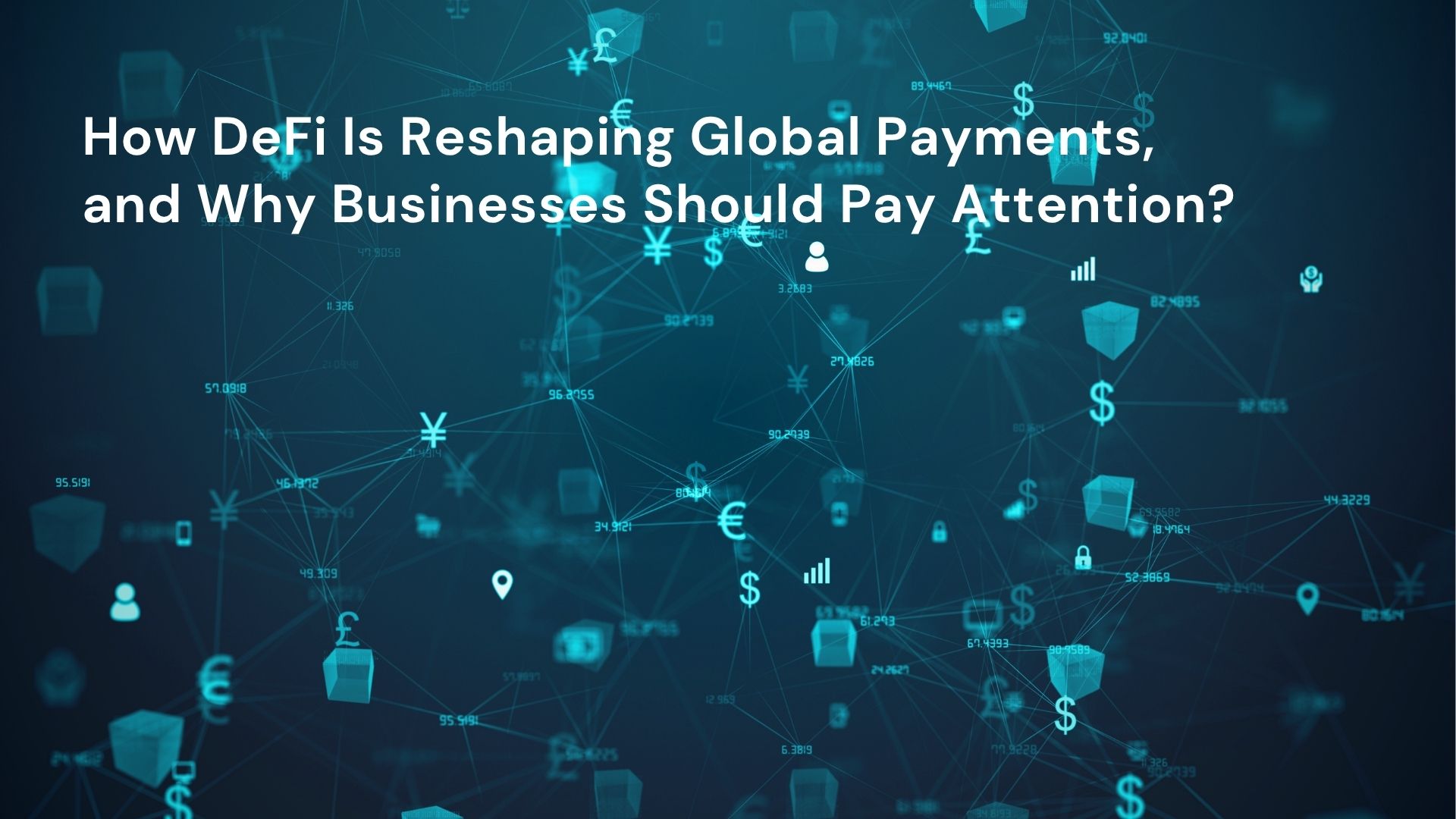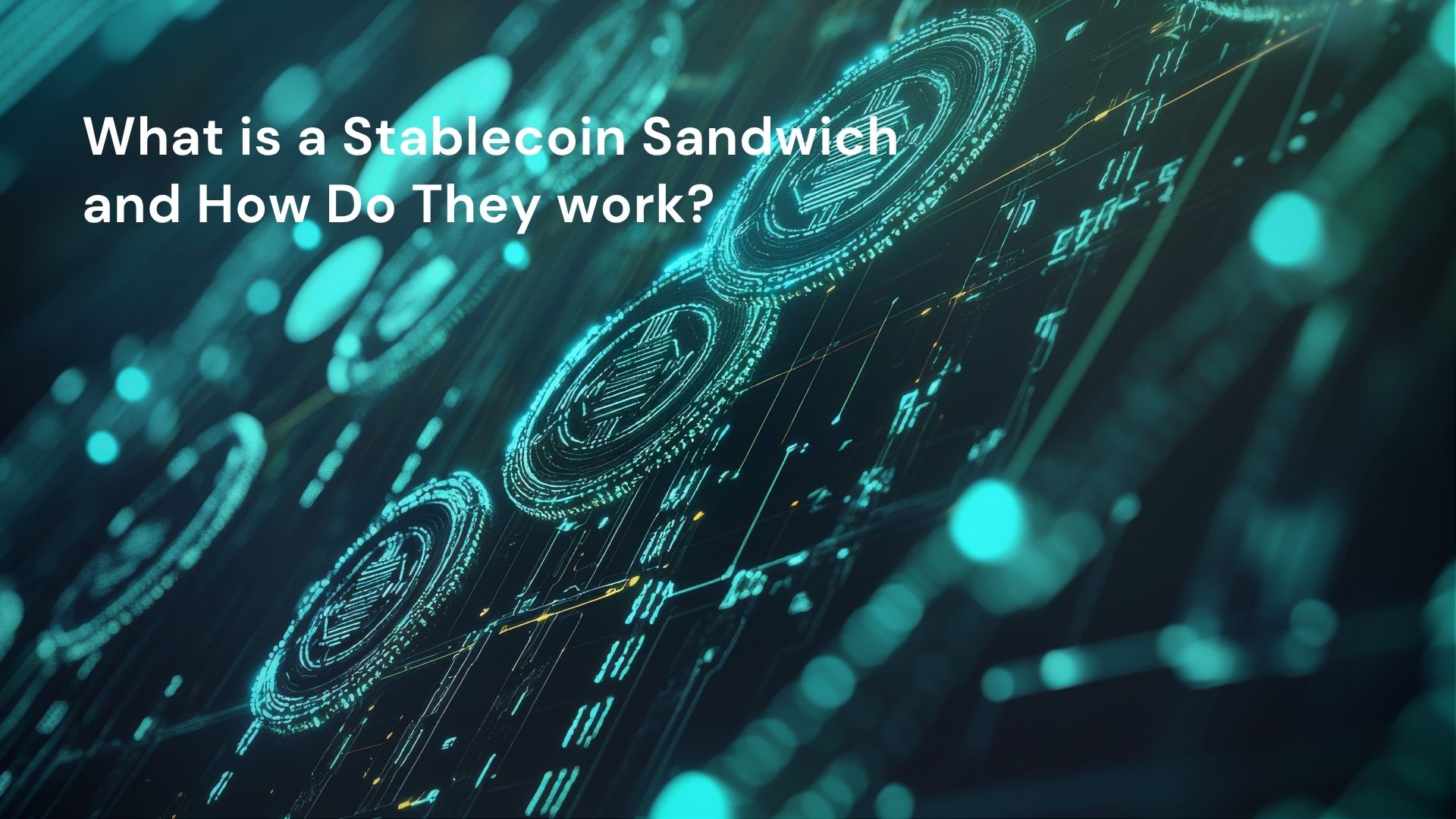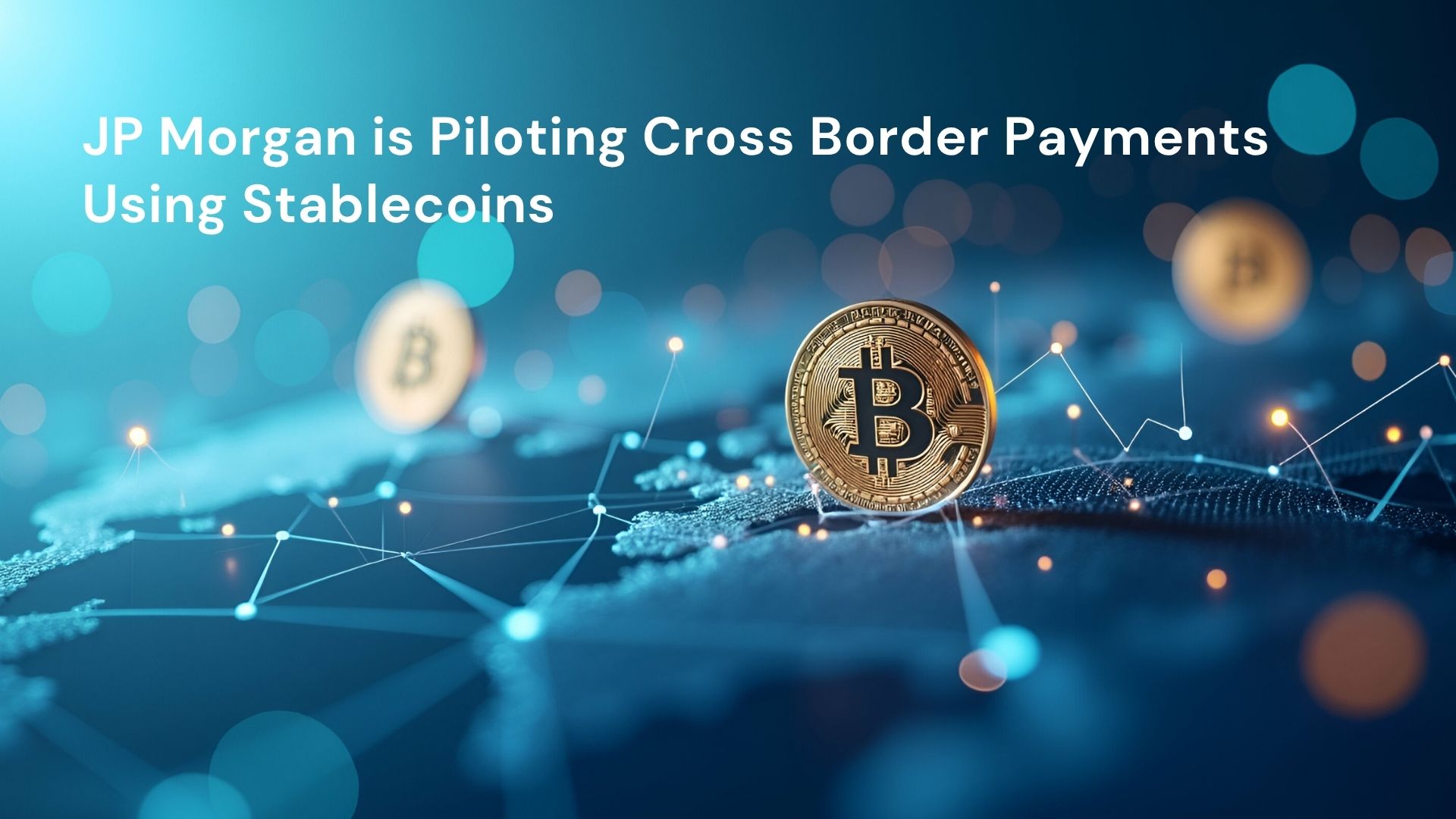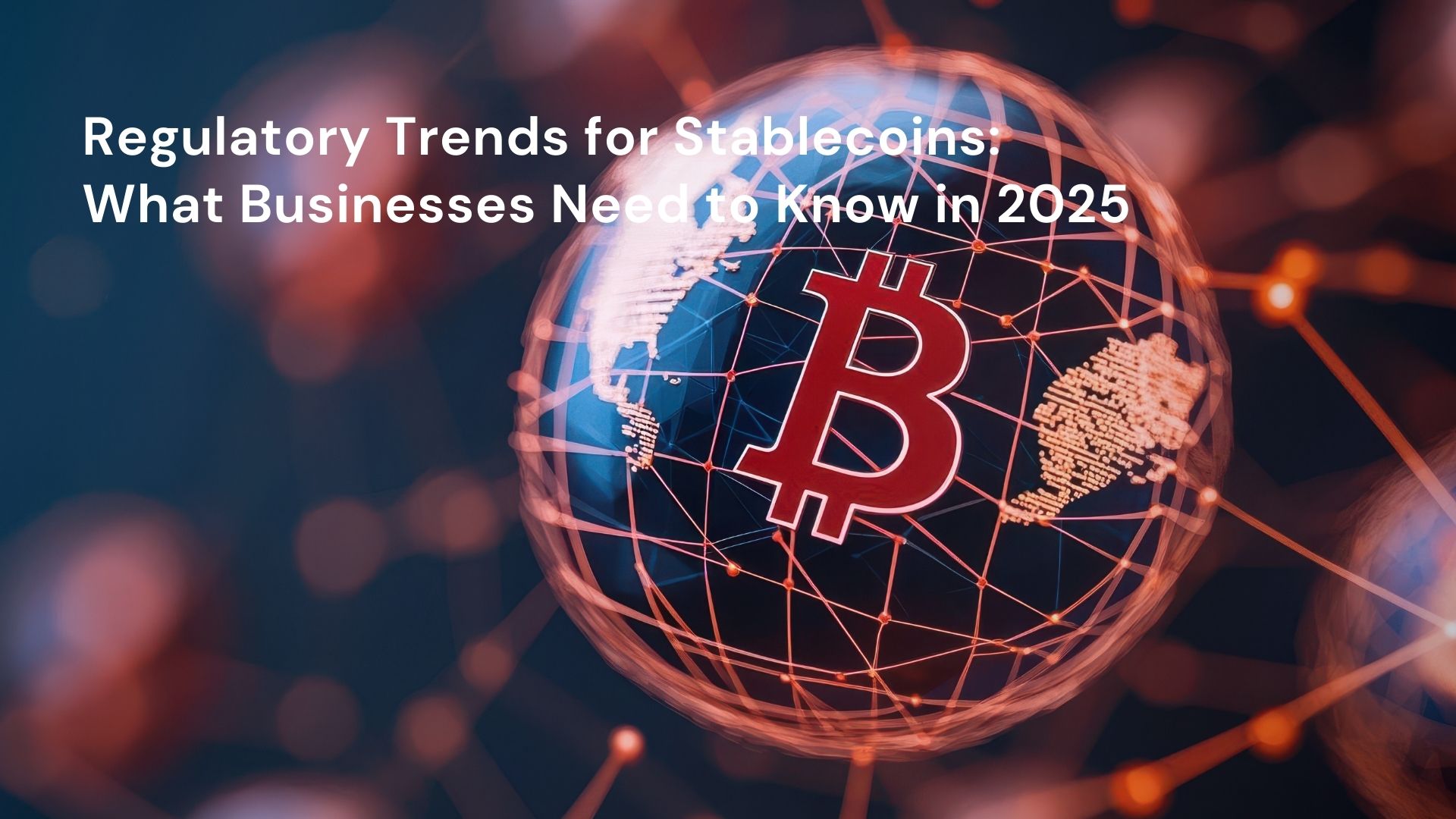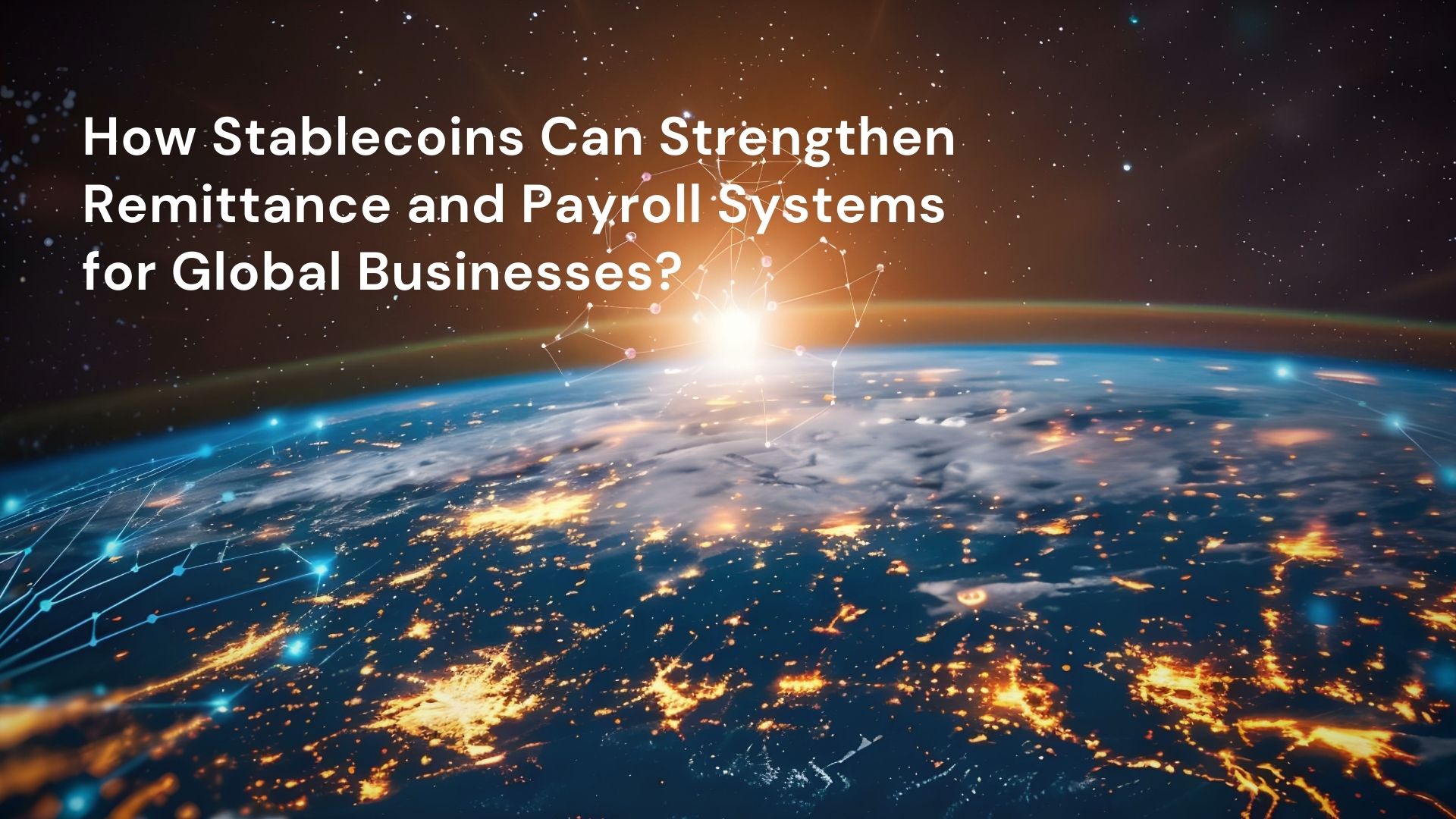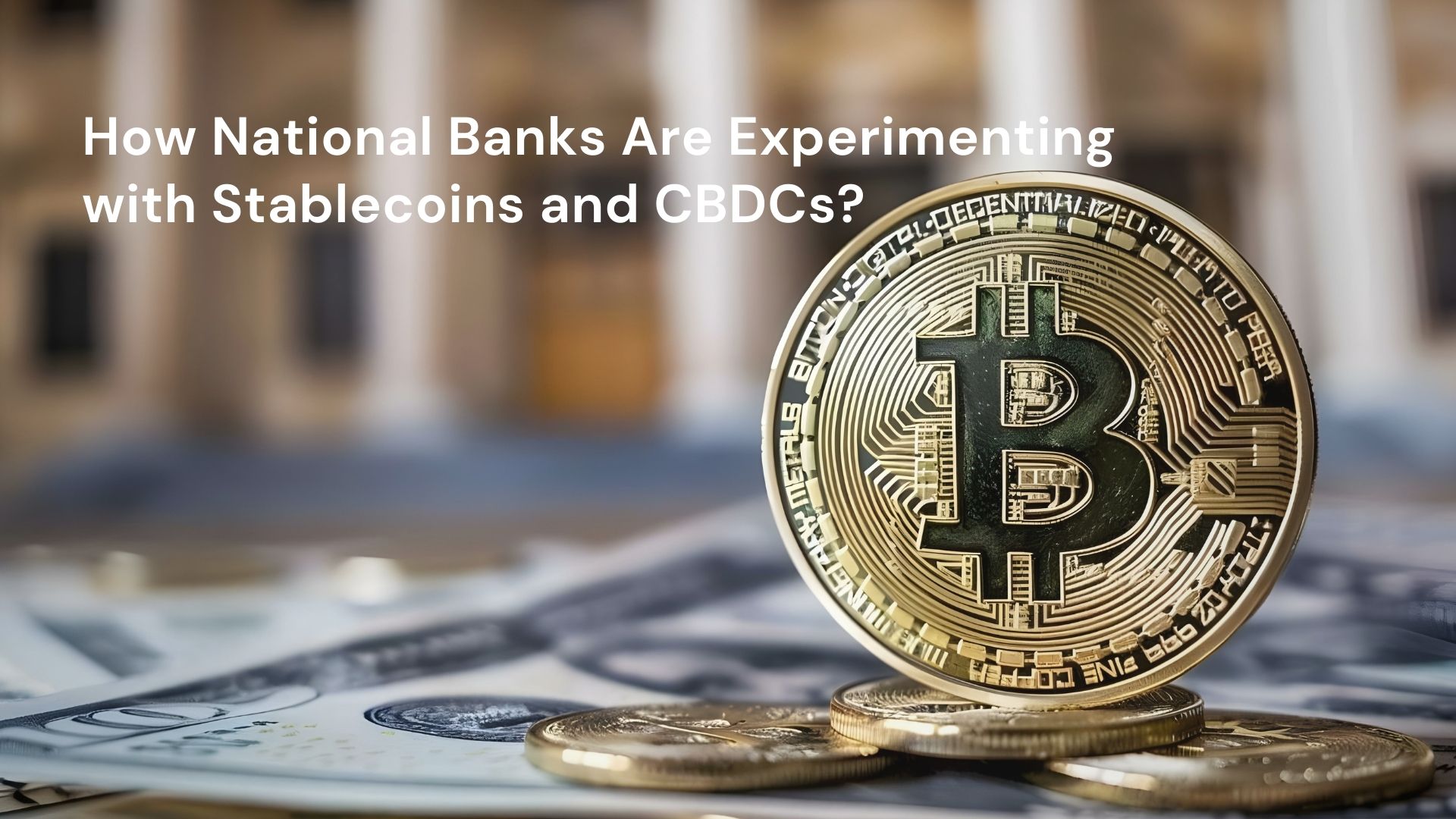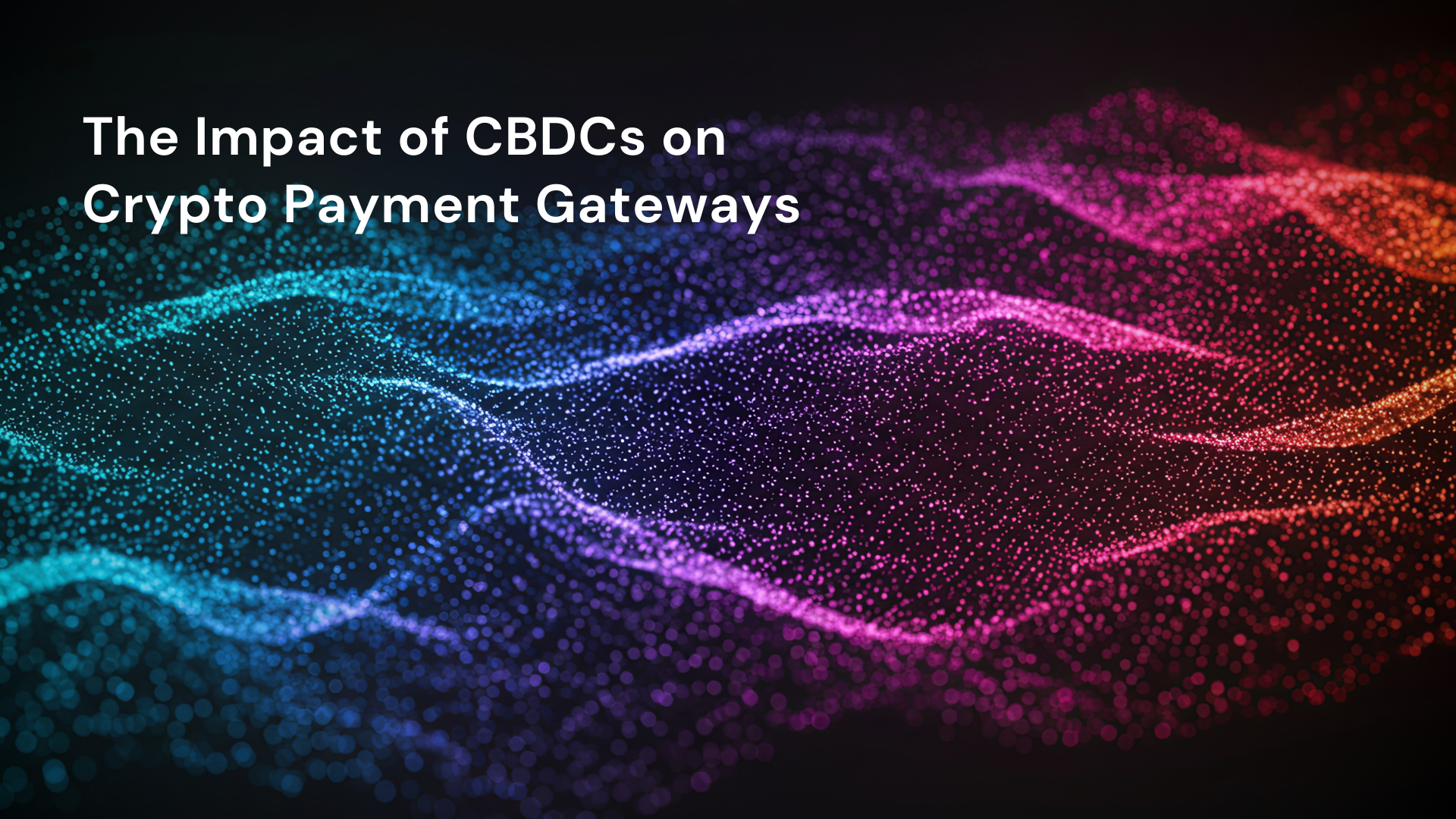Decentralised Finance (DeFi) is reshaping the global financial landscape by removing intermediaries from everyday financial tran…
Read More “How DeFi Is Reshaping Global Payments, and Why Businesses Should Pay Attention?”
COMPANY
Blog
Discover the future of payments on the Bitpace Blog – your destination for innovative payment gateway insights and the evolving landscape of digital finance. Our posts are crafted to explain digital transactions, offering businesses and tech enthusiasts a clear path through the complexities of blockchain and traditional finance integration.
What is a Stablecoin Sandwich and How Do They work?
Cross-border payments continue to represent one of the most costly and opaque elements of international commerce. According to <…
Read More “What is a Stablecoin Sandwich and How Do They work?”
JP Morgan is Piloting Cross Border Payments Using Stablecoins
JP Morgan has launched a forward-thinking pilot programme that explores the use of stablecoins for cross-border payments, in a m…
Read More “JP Morgan is Piloting Cross Border Payments Using Stablecoins”
Regulatory Trends for Stablecoins: What Businesses Need to Know in 2025
As stablecoins gain wider adoption, regulatory frameworks are evolving to manage the distinct risks and responsibilities they in…
Read More “Regulatory Trends for Stablecoins: What Businesses Need to Know in 2025”
How Stablecoins Can Strengthen Remittance and Payroll Systems for Global Businesses?
Stablecoins are digital assets designed to maintain a steady value by being tied to traditional financial benchmarks like the US…
Read More “How Stablecoins Can Strengthen Remittance and Payroll Systems for Global Businesses?”
How National Banks Are Experimenting with Stablecoins and CBDCs?
Stablecoins and Central Bank Digital Currencies (CBDCs) are reshaping the digital finance landscape. Grasping the differences be…
Read More “How National Banks Are Experimenting with Stablecoins and CBDCs?”
Crypto Reserves: How Businesses Can Hedge Against Inflation with Digital Assets?
Crypto reserves represent a strategic collection of digital assets held by businesses to reduce dependence on fiat currencies an…
Read More “Crypto Reserves: How Businesses Can Hedge Against Inflation with Digital Assets?”
The Role of AI and Blockchain Analytics in Crypto Payment Risk Management
Effectively managing crypto payment risks means first recognising the unique challenges that come with digital transactions. One…
Read More “The Role of AI and Blockchain Analytics in Crypto Payment Risk Management”
The Impact of CBDCs on Crypto Payment Gateways
Central Bank Digital Currencies (CBDCs) are digital versions of a country’s national currency, issued and regulated by the cen…
Read More “The Impact of CBDCs on Crypto Payment Gateways”

